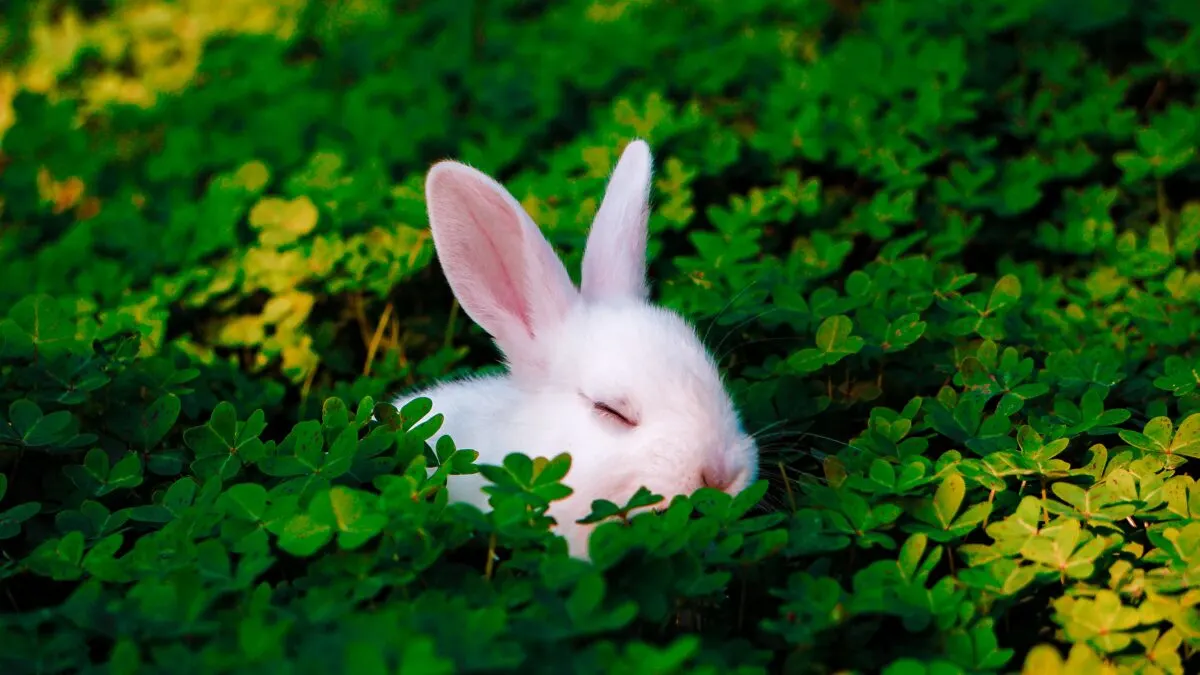You may be surprised to discover that bunnies and rabbits are not the same animals. Are you aware of the distinction between these two creatures? While bunnies and rabbits belong to the same family, scientists have identified enough distinguishing characteristics to classify them as separate species.
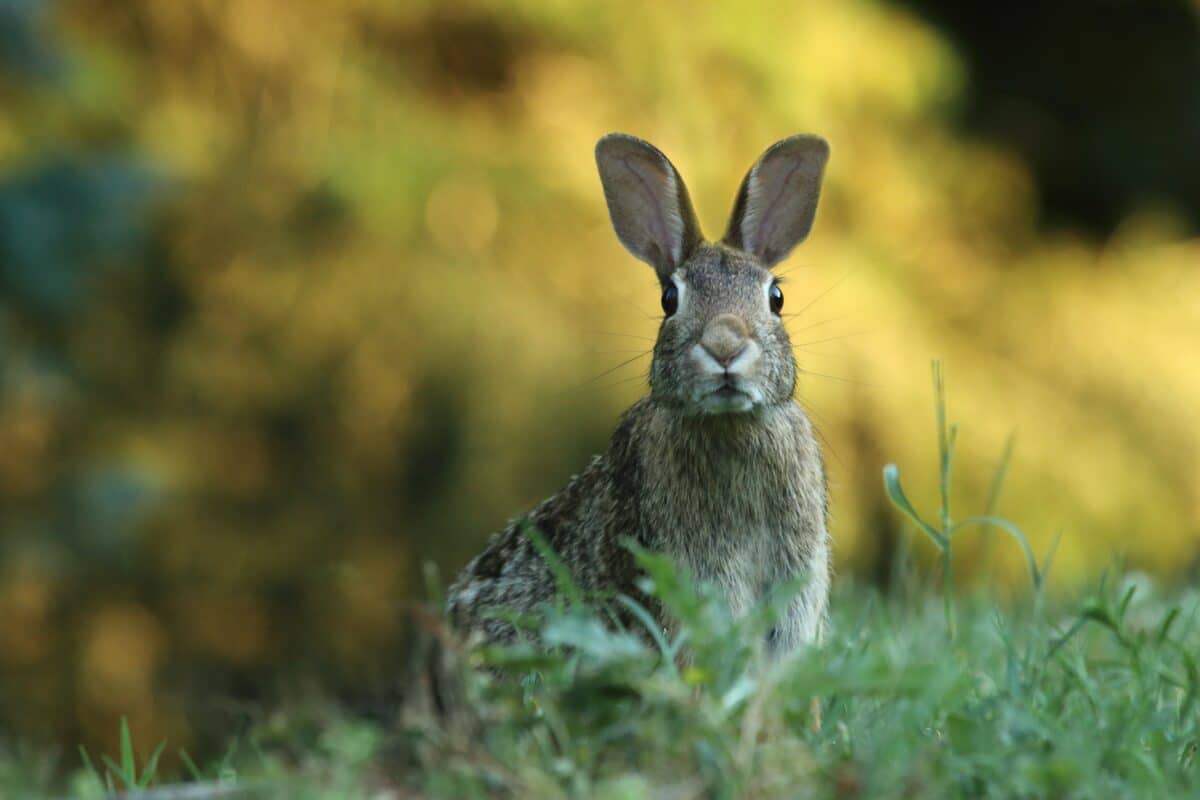
Let’s learn what makes each animal unique, how they differ in size, coloration, other physical traits, behavior and habitat preferences, and more!
Comparison Table
| Characteristics | Bunny | Rabbit |
| Size | 7-12 inches | 30 inches |
| Weight | 1-2 pounds | 5-10 pounds |
| Coloration | Solid Color or a Single Shade | Two Colors that Mix Together |
| Ears | Shorter | Longer |
| Feet | Smaller | Larger |
| Coat | Softer, less undercoat | Thicker, better insulation |
| Social Structure | Live in large family groups | Generally solitary |
| Foraging Behavior | Above-ground vegetation in small amounts | Lush green foliage in larger amounts |
| Reproduction | Breeds late winter to early fall, litters of 4-8 kits | Breeds late winter to late summer, litters of up to 12 kits |
| Lifespan | 3-7 years in the wild, up to 12 years domesticated | 1-3 years in the wild, up to 12-14 years domesticated |
| Behaviour Around Humans | Timid and prefer smaller areas | Social and enjoy interacting with humans |
| Grooming Requirements | Less frequent grooming needed | More frequent grooming needed |
| Habitat | Open Space | Thick Vegetation and Protective Cover |
Overview Of Bunny vs. Rabbit
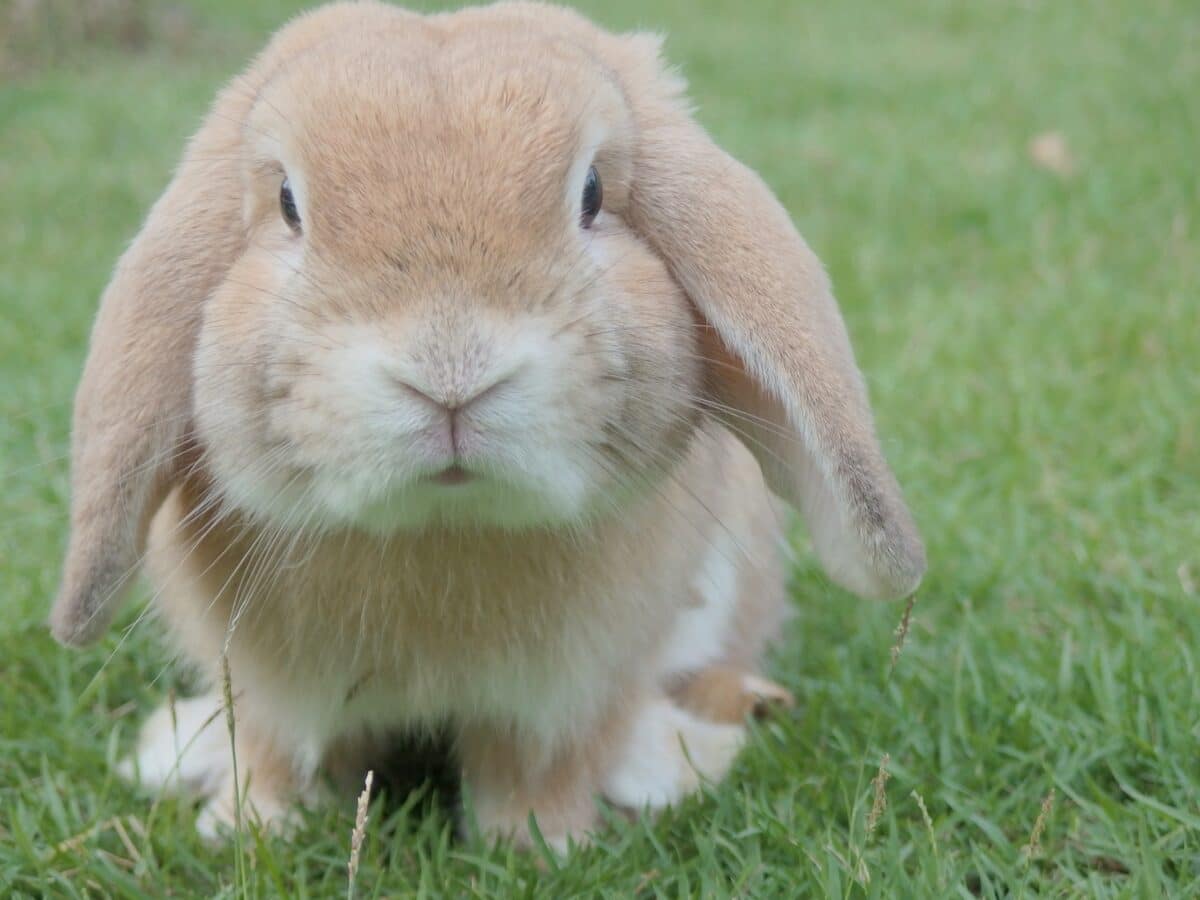
Both species are small, furry mammals that are popular as pets and have been domesticated for thousands of years. While rabbits and bunnies are often interchangeable, there is a slight difference between the two species.
Rabbits are a member of the Leporidae family and are often larger than bunnies. They have long ears, powerful hind legs, and a small, fluffy tail. They are social animals and can be trained to use a litter box. They are herbivores and feed on hay, vegetables, and fruits.
Bunnies, on the other hand, are young rabbits, and they are often smaller and more delicate than adult rabbits and are characterized by their round, cute features. Bunnies are social and can also be trained to use a litter box like rabbits, and they require a similar diet of hay, vegetables, and fruits.
Rabbits and bunnies make great pets for those willing to invest the time and effort into caring for them. They are affectionate animals that can form strong bonds with their owners. However, it’s important to note that owning a rabbit or bunny requires a significant commitment, including providing a suitable living environment, regular veterinary checkups, and a proper diet.
Physical Characteristics Of Bunnies And Rabbits
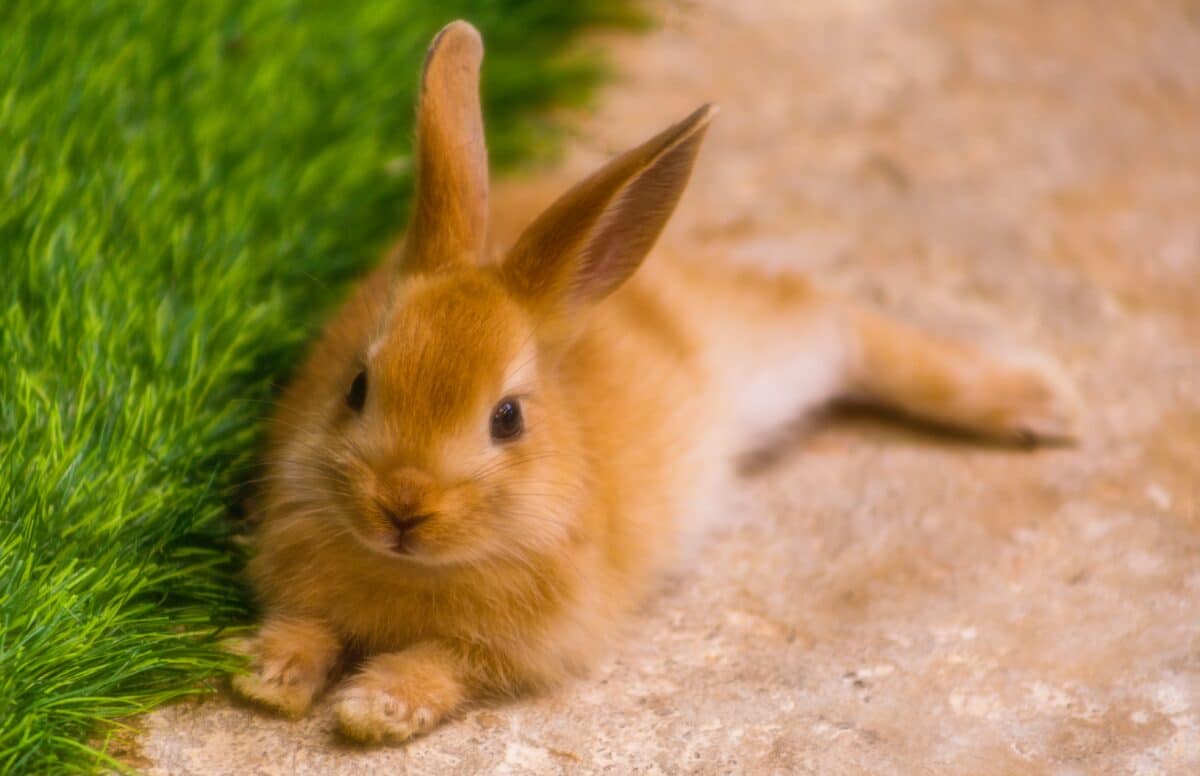
Size Differences
Bunnies are generally much smaller than rabbits; an average adult rabbit can be up to 30 inches long, while bunnies are typically only 7-12 inches long. Rabbits also tend to weigh a bit more than bunnies, averaging 5-10 pounds depending on the breed, while bunnies usually weigh between 1 and 2 pounds.
Coloration Differences
The coloration of bunnies and rabbits can vary significantly between breeds, but they have some general differences. Rabbits often mix two colors in their fur, such as white and gray or black and brown, while bunnies typically have one solid color or a single shade of color.
Other Physical Differences
In addition to their size and coloration differences, other physical characteristics help distinguish bunnies from rabbits. For example, rabbits usually have longer ears and larger feet than bunnies and coats with thicker fur that provides better insulation against cold weather. Bunnies also tend to have shorter tails than rabbits, plus their fur is usually softer and has less of an undercoat than rabbit fur.
Social Structure And Habitat Preferences For Bunnies Vs. Rabbits
Bunnies are social animals typically living in large family groups, while rabbits are generally solitary creatures. As a result, bunnies prefer to inhabit areas with plenty of open space and food sources, while rabbits favor habitats with thick vegetation and protective cover. Bunnies also tend to burrow deep into the ground, creating elaborate tunnel systems to live and sleep in. On the other hand, rabbits will often use preexisting burrows or shallow holes they have dug themselves.
Typical Foraging Behaviour For Each Species
Regarding foraging behavior, bunnies feed on above-ground vegetation such as grasses, clover, and herbs in small amounts throughout the day. They also have an acute sense of smell which helps them to detect predators and stay safe from harm.
Rabbits also feed on vegetation but typically prefer lush green foliage close to the ground, like dandelions or other low-lying plants. They tend to graze on larger quantities of food at once and then store extra food in their cheeks for later consumption.
Regarding defense mechanisms against predators, rabbits rely heavily on camouflage and speed rather than scent, as their bunny relatives do.
Reproduction And Lifespan
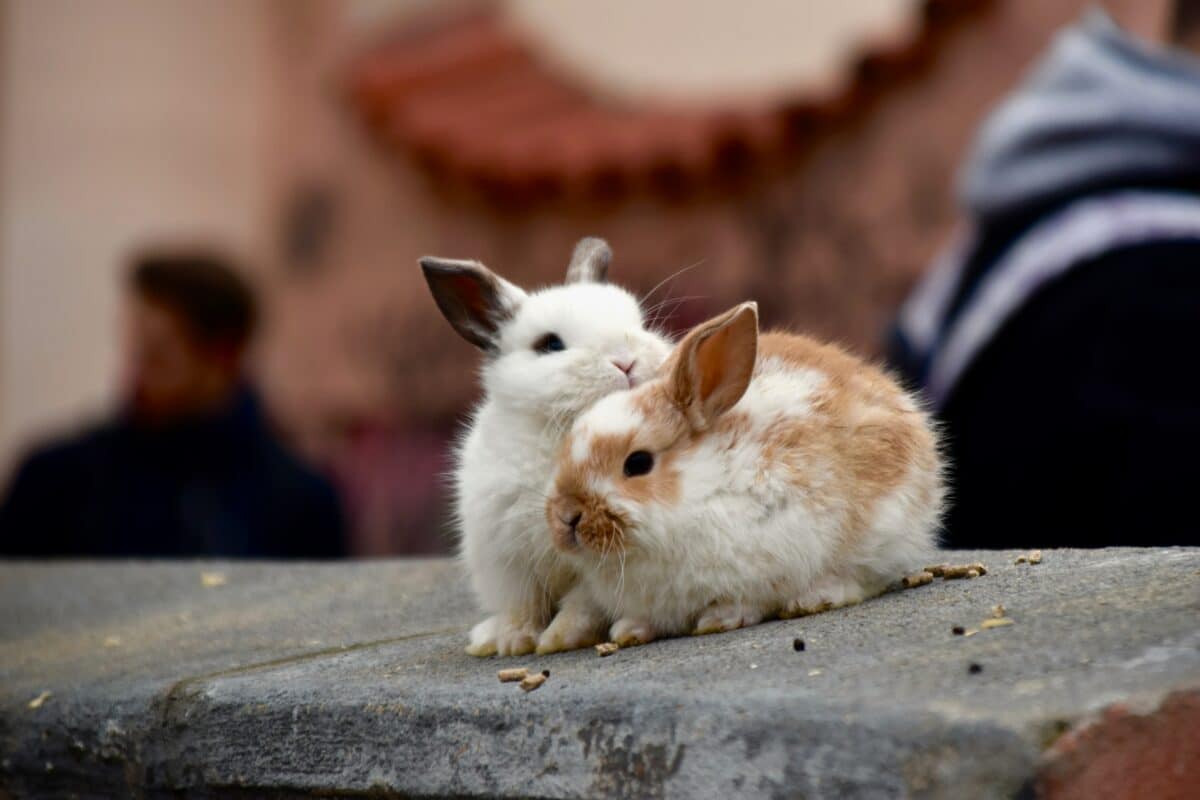
Breeding Season And Litter Size For Each Species
Bunnies typically breed from late winter through early fall, with most litters being born in the spring. Each waste usually consists of four to eight young bunnies or kits. Conversely, rabbits have a much longer breeding season that can run from late winter through late summer. Females can give birth to up to twelve kits at a time, but they often have fewer than this number due to predation or competition for food resources.
Average Lifespan For Bunnies And Rabbits Compared
The average lifespan of bunnies is generally between three and seven years in the wild. In contrast, domesticated rabbits typically live between 8-12 years with proper care, wild rabbits live between one and three years, and domestic rabbits can live up to 12-14 years.
Interactions With Humans
Though both species are commonly kept as pets, their behaviors around humans differ significantly. Bunnies are usually timider than rabbits and often prefer smaller areas where they feel safe; conversely, rabbits are very social creatures that enjoy interacting with their human family members.
They are also less likely to be scared of loud noises or movements than bunnies. Rabbits also require more frequent grooming than bunnies since their fur grows faster and tends to become matted quickly; this creates a bond between pet owners and rabbits that many owners cherish greatly!
Interactions With Humans
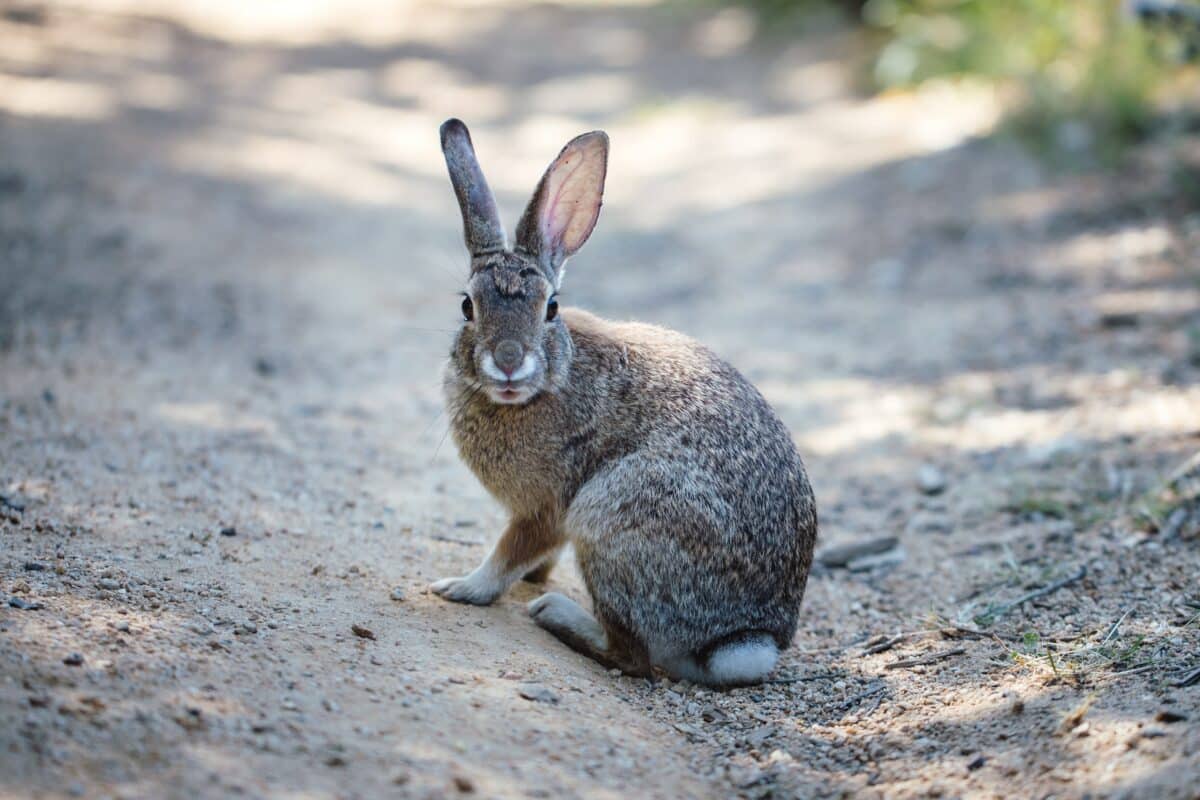
Common Uses Of Bunnies And Rabbits In Human Culture
Bunnies and rabbits are two of the most popular animals in human culture, and both feature in everything from art to food. Historically, bunnies and rabbits have been popular pets due to their playful personalities, intelligence, and low-maintenance care needs.
They have also been used as a source of food, clothing, materials, and even laboratory testing subjects. Today, bunnies and rabbits are still kept as beloved pets by many people worldwide while still being raised (in much smaller numbers) for meat production in some areas.
Learn more about The Social Life of Rabbits.
Health Risks Associated With Keeping Each Type Of Animal As A Pet
Although bunnies and rabbits can make excellent pets if given proper care, potential owners should be aware of some health risks associated with keeping either species as a pet. For example, bunnies and rabbits can carry fleas or mites that may cause skin irritations or other infections if not treated properly.
Additionally, both species can be prone to dental issues such as overgrown teeth, resulting in severe pain or difficulty eating if untreated. Other health risks associated with keeping these two species include respiratory diseases like snuffles or pasteurellosis, which can be transferred from one animal to another; gastrointestinal diseases like coccidiosis; bacterial infections such as tularemia; parasites such as tapeworms; and various other illnesses caused by poor diet or stress.
Potential owners must understand these potential health risks before purchasing an animal so that they can provide any necessary preventative healthcare or treatments.
The Final Say
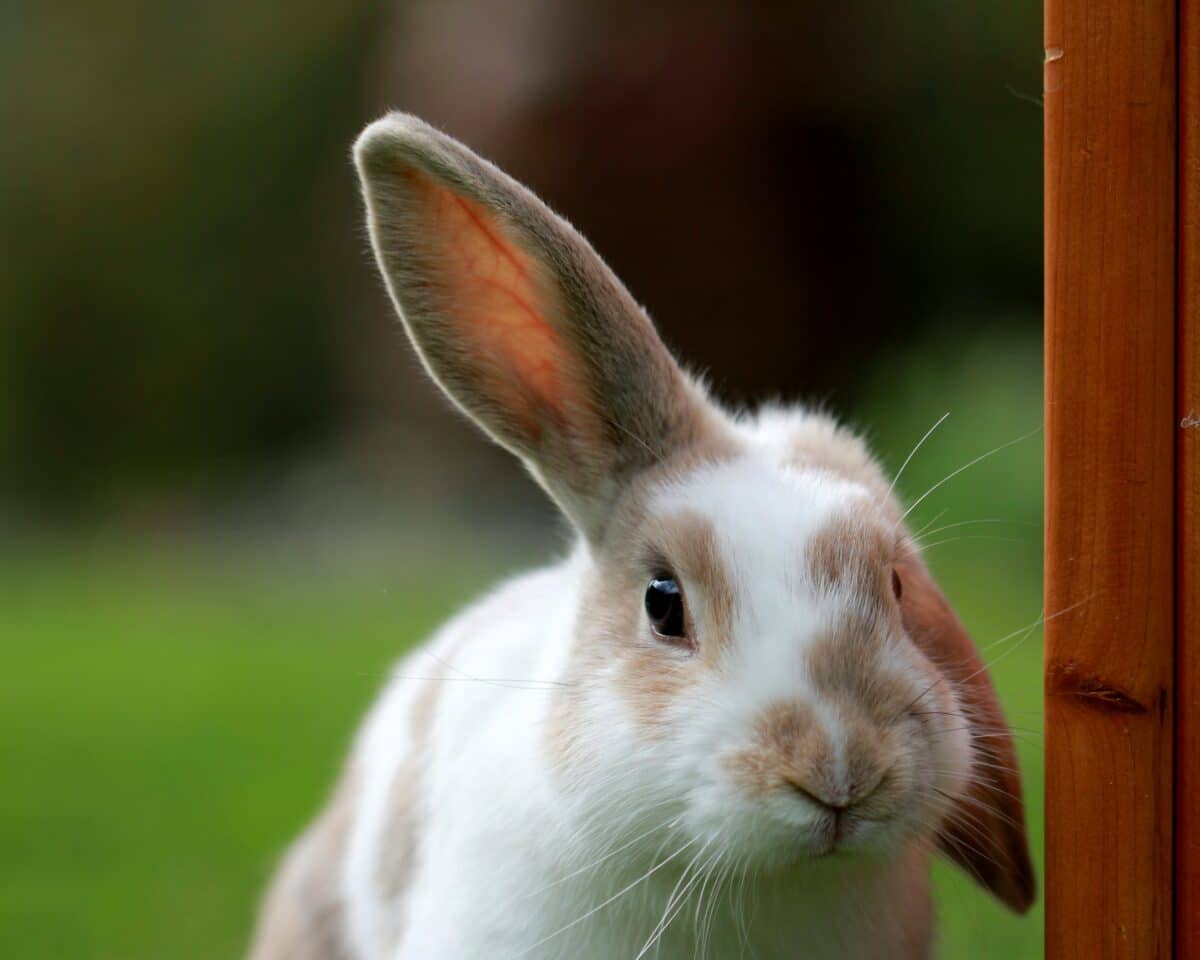
Despite belonging to the same family, these two are two distinct species with several physical and behavioral differences. Rabbits are giant and have different fur colors and textures than bunnies. Bunnies also tend to be more active during the day, while rabbits prefer to be more nocturnal.
Additionally, they live in different habitats, with bunnies preferring grassy plains and open meadows, while rabbits exist in forests and woods. With these various characteristics that separate them, it is easy to recognize the differences between a bunny and a rabbit.
From my experience, I would say that having a pet bunny will enrich your life and fill it with love and playful energy.
Thank you for following along this article! Next up, Baby Rabbits, 12 Animals That Stealthily Roam Through Taylor Swift Songs.
Join our Forum for free today!

- 400-Pound Therapy Llamas named Beni and Prince Ease Travelers’ Stress at Portland International Airport - July 22, 2024
- Woman Captured Howling with Gigantic White Wolf in Beautiful Footage - July 22, 2024
- Florida Police Urge Public to Stop Taking Selfies with ‘Depressed’ Black Bear off Highway 98 in Santa Rosa Beach - July 22, 2024

